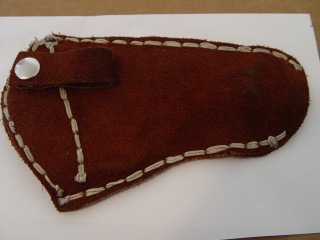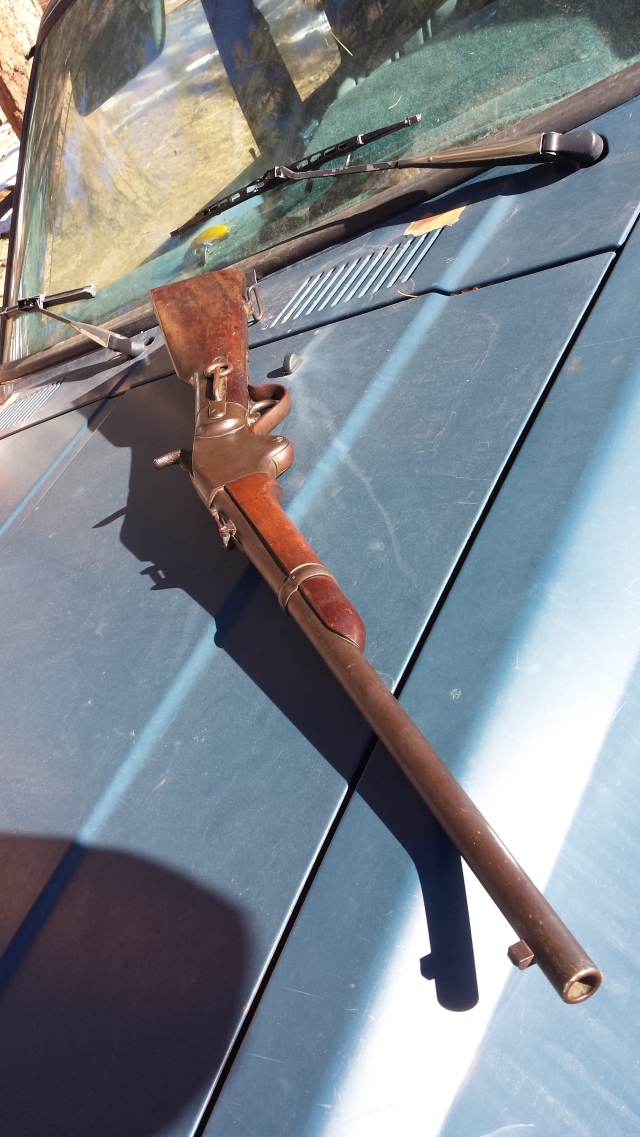
Do you want to build a ‘sheen gun? Do you want to spray some lead? Ok, I have kids, so I’ve seen too many Disney winter princesses too many times. But, building an AR-15 isn’t too much harder to build than a snowman. Much easier, here in Texas. And in the spirit of roughing it, the only tools I used were a pair of water pump pliers, a hammer and punch, an Allen wrench, and an armorer’s wrench. I could have skipped the wrench, but I like the buffer tube snug. And I could have skipped the punch and the hammer and just beat the pin in with the water pump pliers, but since I’m not working on jet engines, I guess I don’t need to turn everything into a hammer.
This is my third build. The first I had planned on working on with a friend, but I got impatient one night and assembled most of it myself. I called him to apologize for jumping the ‘gun’, only to have him confess that his was done and his barrel was on the way. The nerve! That one has some dents and dings in it, from not being careful and some rookie mistakes. I sold that to my friend for his father to use, and built another. That one suffered from a little too much cockiness, so there are a few scratches again, and I messed up the front trigger guard hole by trying to hammer a pin into a threaded hole.

This build went flawless! I’d like to say practice, but I bought a higher end internals kit this time, I think that might have something to do with it. There is nothing wrong with the $45 kit I used on my other guns, but spending $100 meant the trigger is locked into place, and the pins slid in smoothly with my pliers, rather than having to use the roll pin punches that I had to for my other builds (Harbor Freight is the best! I’m gonna pick up a drill press to start 80% building when I get back to Detroit).
Speaking of parts kits, here we go. The kit I bought had an extra Safety detent pin, so if yours has one less than the picture, you’re doing A-OK.

There are 2 pins and 2 springs that are identical, they are for your front and rear takedown pins. They are inter-changable.
The bolt catch spring and the disconnector spring LOOK identical, but they aren’t. The disconnector spring has a flared bottom (much like me) so that it seats itself (much like me) and locks into place inside a circular indent on the upper rear of the trigger assembly (not like me). Feel free to pop that sucker right in from the get-go.
Immediately after I arranged the parts kit in a beautiful manner to impress you, I put all the pieces into a magnetic parts dish also obtained from Harbor Freight. I can’t impress upon you enough, stuff flies. At the end of one video, you actually see the rear takedown pin shoot off when I was tightening the buffer tube. It’s gonna happen! Make sure that you aren’t building this on a shag carpeting, or in a workshop like mine, cluttered with lumber ends, half-finished projects, and bottle kids (Ricky! It’s the bottle kids!)
Tools –
Slip-jaw (water pump) Pliers, jaws wrapped with electrical or duct tape. These are nice because you can keep resetting the jaw distance so that you’re applying leverage in a linear plane.
Hammer
Roll pin punch set
Armorer’s wrench (or a strap wrench, if you can dial it down small enough for the buffer tube
Razor knife
Assembly –
Magazine catch –

Start the long lever through the hole on the left side of the gun. On the other side of the gun, drop the spring into the oval hole, so that it fits around the rod you inserted into the other side. Compress the spring with the rough textured threaded oblong piece. Screw the rod into it, and keep pushing the catch further in and screwing in the rod until the end of the threaded portion is level with the magazine drop.
Front Takedown Pin

Let’s slide that front takedown (pivot) pin in. Drop the long skinny spring into the hole at the front, and follow it with the pin. At this point, I often (didn’t need to this time) hold the pin down with a razor knife and slide the takedown over the top of it. Slide the knife out when the takedown is through the hole and headed to the other side. Click the pin back and forth a few times to make sure its gonna work well. Drop a little Remington oil on it to keep it smooth.
Bolt catch –

Start the roll pin through the holes parallel to and on the left side of the lower. Make sure you are pressing it straight in. Once you get it started enough so that it is going in straight, but not into the space between the holes, grab the spring. Drop the spring into the hole between the mag catch and the roll pin. Align the bolt catch so that bottom of the ‘T’ is in the center of the gun, and the triangle piece is resting on top of the channel. 
Press down on the catch, compressing the spring and lining up the holes. Once the holes line up, squeeze the pliers and sink the pin home. Another drop of oil on the moving parts and a function check, and we’re ready to move on.
Trigger guard –

Pretty easy one. Just make sure you line it up correctly. The last kit I bought had a very simple, and the front didn’t have a pin. Since it looked so much like the back, I tried driving a pin into and scored it pretty bad. So make sure you do it right! One end is smooth for a pin, the other either threaded for a set screw or has a spring-backed pin of some sort. Removable media goes in the front with the single hole, pin goes in the back with the through and through hole.
Another important thing – when you start the pin, put the guard in between the ears. If you squeeze the ears unsupported, you WILL BEND OR BREAK THE TABS. Then you are going to have a serially controlled paperweight to remind you of why we listen to Mr. B&A.
Once the pin is started, line up the holes and send it home. Finish by attaching the front.
The Trigger! –

Start out by sliding the fat end of the round spring into the top rear of the trigger until it seats. Next, loop the clip spring as shown, taking care not to bend it out of shape when you are sliding the holes over the ears. Then, put the disconnect or on top to make sure everything fits together just right. 
Once the assembly is together, drop it down in the trigger housing of the lower, spacing everything how it should look when the gun is done. Make sure the long open ears of the spring point towards the front of the gun, so they are pushing up against your hand when you’re pushing it down into place – you want that tension. Line up the holes on the side, between the trigger, disconnector, and the lower. making sure the long un-connected ends of the spring slide down parallel to and in front of the trigger unit. Once the holes are lined up, press the pin in through the lower, trigger, and disconnector.
The Hammer –

 Assemble the hammer mechanism as shown. When you are putting it into the gun, make sure the loop on the spring is pushing tight against the back of the hammer, and the long open pieces are folded under and towards the rear of the gun, and over the trigger. If you look close at the hammer I received, in the smaller hole where the pin goes, there is a spring. In the video, you can see where I started the pin but didn’t finish putting it through. Do you remember when I had to use the hammer? It was for this bit! I bought a cheaper hammer for my last build, no pin. This one, after a few small taps with a punch and hammer. Fits much nicer and seems to actuate better than my last one too.
Assemble the hammer mechanism as shown. When you are putting it into the gun, make sure the loop on the spring is pushing tight against the back of the hammer, and the long open pieces are folded under and towards the rear of the gun, and over the trigger. If you look close at the hammer I received, in the smaller hole where the pin goes, there is a spring. In the video, you can see where I started the pin but didn’t finish putting it through. Do you remember when I had to use the hammer? It was for this bit! I bought a cheaper hammer for my last build, no pin. This one, after a few small taps with a punch and hammer. Fits much nicer and seems to actuate better than my last one too.
Safety and hand grip

I had a leftover Magpul (I like Magpul, they are popular for a reason) handgrip that I thought would work well for this build. These two components go together for a reason, as you will see.
Leave the hammer down (don’t dry fire it either) and slide the safety in from the left side of the lower. Make sure it goes in even, and it travels between the ‘safe’ and ‘fire’ poles (or as one meme so eloquently puts it, the ‘no pew’ and ‘pew’ poles). Flip the lower upside down and slide the pin down into the hole by where the handgrip will be attached. Once the pin is settled firmly in the hole, slide the spring into the hole behind the pin. Once it is seated as far as it will go, start to slide the handgrip over the ridge. Carefully line up the hole in the grip, and slide the exposed spring into that hole. Once everything is lined up and good, slide the grip the rest of the way down. Finish this step by sliding the washer over the bolt, put the bolt on the Allen wrench, and seat the bolt home in the bottom of the grip. Tighten until it’s good-n-tite, then sit back and admire your handiwork.
Rear Takedown pin

This part can be tricky, and has the opportunity to go bad. Springs, when compressed, enjoy coming out at the worst time and ending up in the worst places. I’ve had to go back and buy pins later, as a helpful spring placed them in a location from which there is no return. Slide the takedown pin in from the right side. Flip the lower forward, so you are looking at the rear of it. Slide the smaller pin into the hole on the lower right, followed by the spring. We’ll lock that spring down in a second.


Buffer tube et al
Slide the end plate off the buffer tube. Press it against the back of the lower, compressing the spring. MAKE SURE TO KEEP THE SPRING UNDER YOUR CONTROL, THIS CAN GO WRONG QUICKLY. Screw the buffer tube down, making sure the end plate stays flat – if it twists around, you may have the spring shoot out to the side unnoticed, and you just bent it at a 90 degree angle. Not cool, bro. Screw the buffer tube nearly all the way down, but stop when the front lip of the tube gets close to the hole in the bottom of the lower threaded assembly.
Now that you are close, drop the larger spring down into the hole in the threads, followed by the buffer retainer (fat pin with the hollow bottom and pitot on top). Press the retainer down, and give the buffer tube another turn or two, covering the outer edge of the retainer – enough to keep it down, but don’t go near the pitot with it. Using the armorer’s wrench or some man-hands, tighten down the retaining nut to the lower. Make sure the end plate doesn’t budge and tweak that spring at all.
Once the tube is firmly in place, slide the buffer into the spring, and slide the spring into the buffer tube, pushing until the buffer clicks into place behind the buffer retainer pin.
You may have noticed something funny about my buffer tube. “Wait a minute, Mr. B&A! How are you supposed to mount a stock to that silly little tube?!” Oh kind reader, let me ‘splain – nono, lemme sum up. This funny looking buffer tube is for a pistol. Look in to the legality of what you are building – by building a pistol AR, in my state of Michigan, I need to register it as a pistol. I also have to have a certain length of barrel – if my gun is shoulder fired and between 16 inches and 26 inches, I need to register it through the ATF, pay for a special stamp, and wait forever. So I’m buying a .300 A.A.C. Blackout barrel that is only 10.5 inches long, and I will be firing it with one hand, and I won’t be able to mount a stock or front handgrip to it.
So when you do look into building an AR, make sure you check to see what it is that you want and what laws apply.
All that being said – isn’t this a spiffy little gun? I’ll take other pictures when the upper comes in. I haven’t built an upper yet, so far the market is such that it is easier to buy an assembled upper than it is to make one yourself. There are a multitude of places that can make some pretty sweet uppers for you. I’m going through Discount Tactical (580) 286-0882, they have some amazing deals on custom built AR15 uppers, and may other parts for excellent prices and cheap shipping. I’d like to thank Coldwater Gun and Pawn for the awesome deal on the lower, they are great guys to deal with (http://www.coldwatergunandpawn.com/)/ The internals were purchased from an amazing shop at a gun show at the Gibralter trade center in Clinton Twp, MI, I wish I could remember the guys! If I do, I’ll add it in the comments. For my first build, I used http://www.ar15.com/forums/t_3_4/226782_Assemble_your_own_LOWER__UPPER__FREE_FLOAT__TRIGGER__GAS_BLOCK___Step_by_step_instructions_.html feel free to check them out if my instructions are confusing at any point.

Have fun building your gun. When you complete it, do like I do – upgrade. Everytime I find something I like better, I buy it, and save the old part for my next build. The more I learn about gunsmithing, the more I like it. There seems to be a lack of people doing and building things for themselves, which is part of the reason Mike Oscar and I started this blog. Make something for yourself. Customize it. Be proud of it. Repeat.
Have a great day all, and thanks for readin! Don’t hesitate to ask questions or give advice of your own in the comments section!


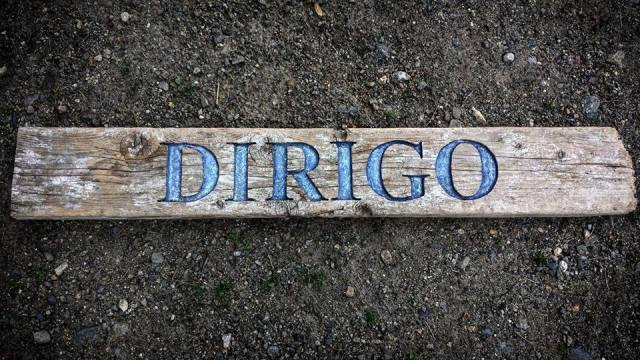
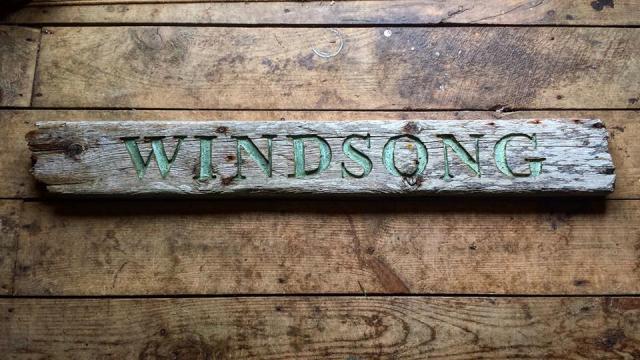
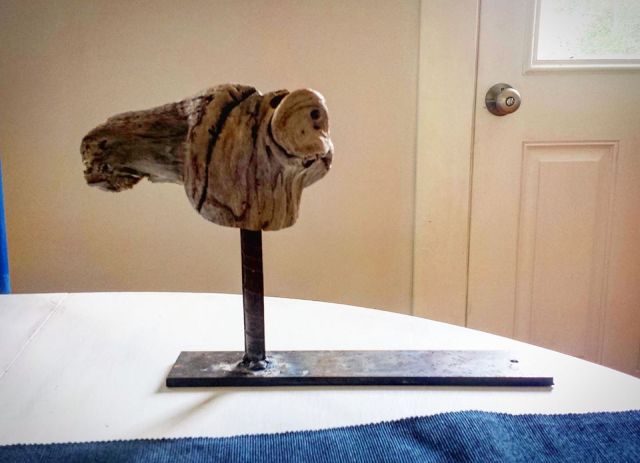


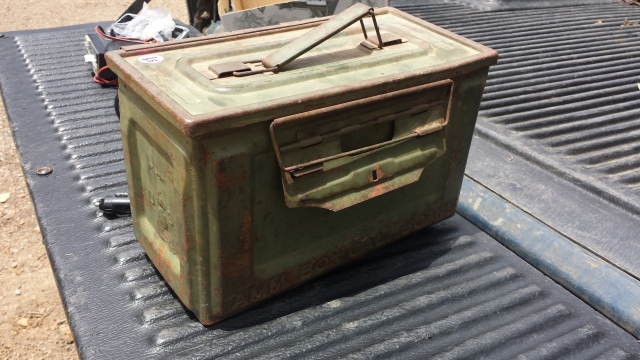
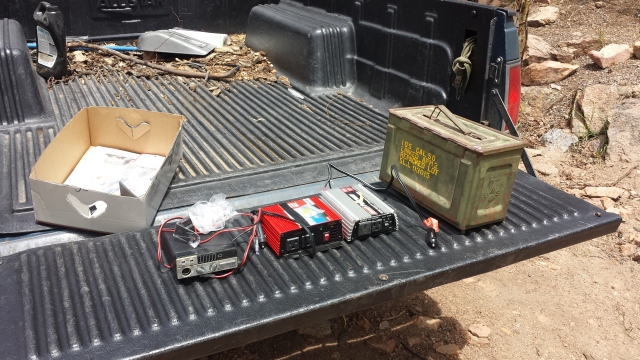
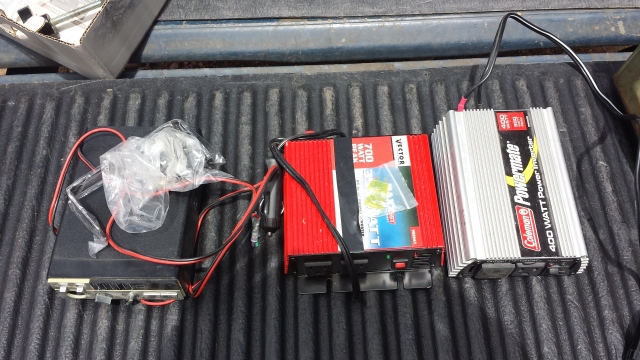
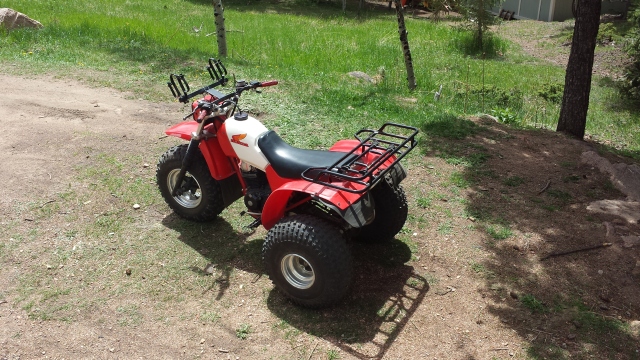
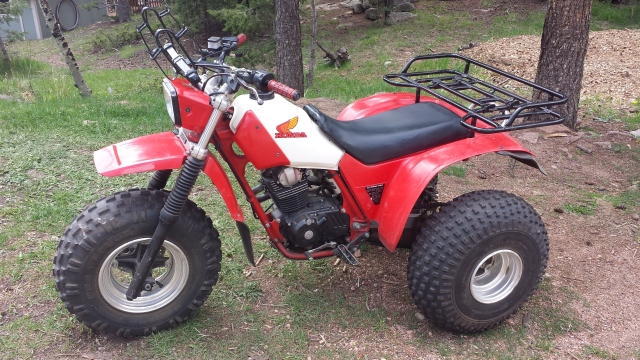
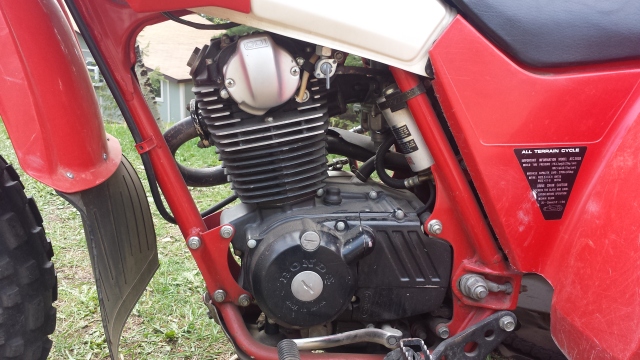
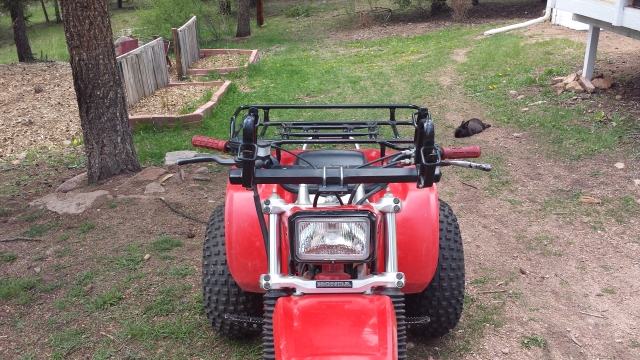
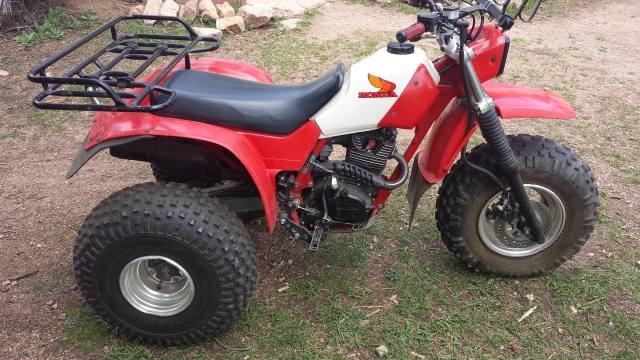
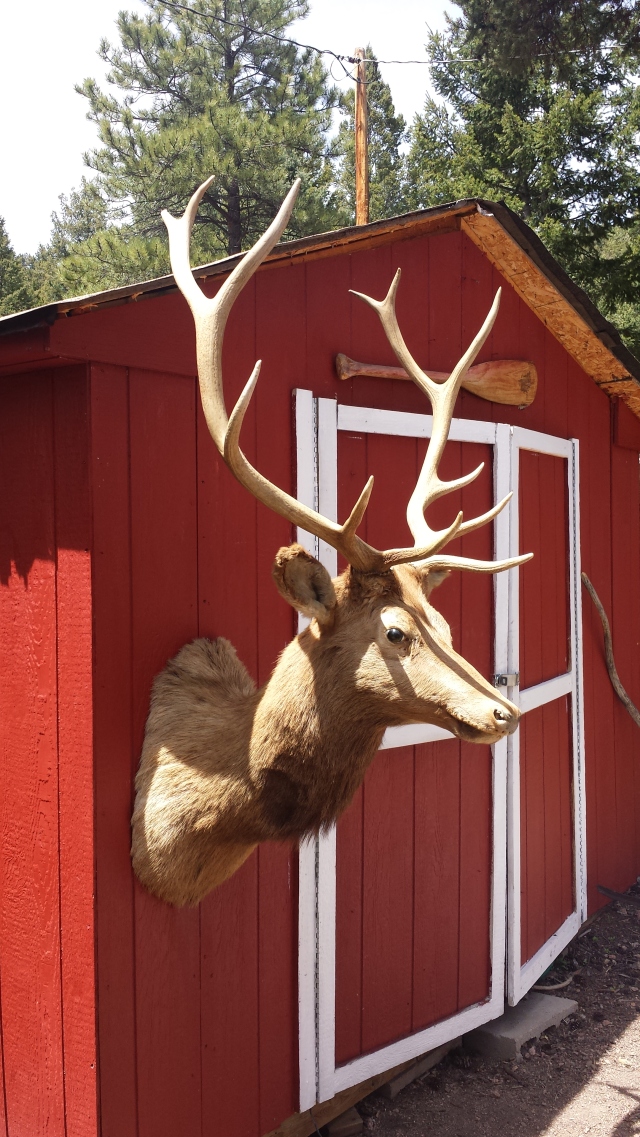

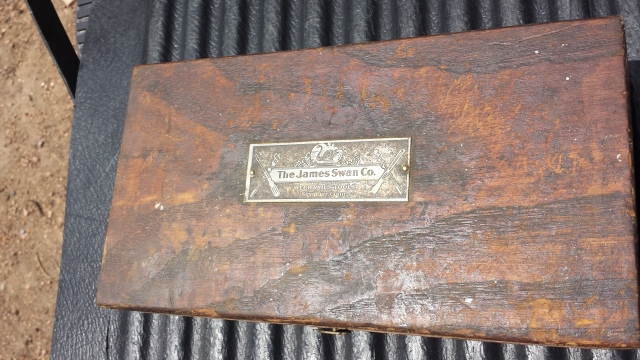
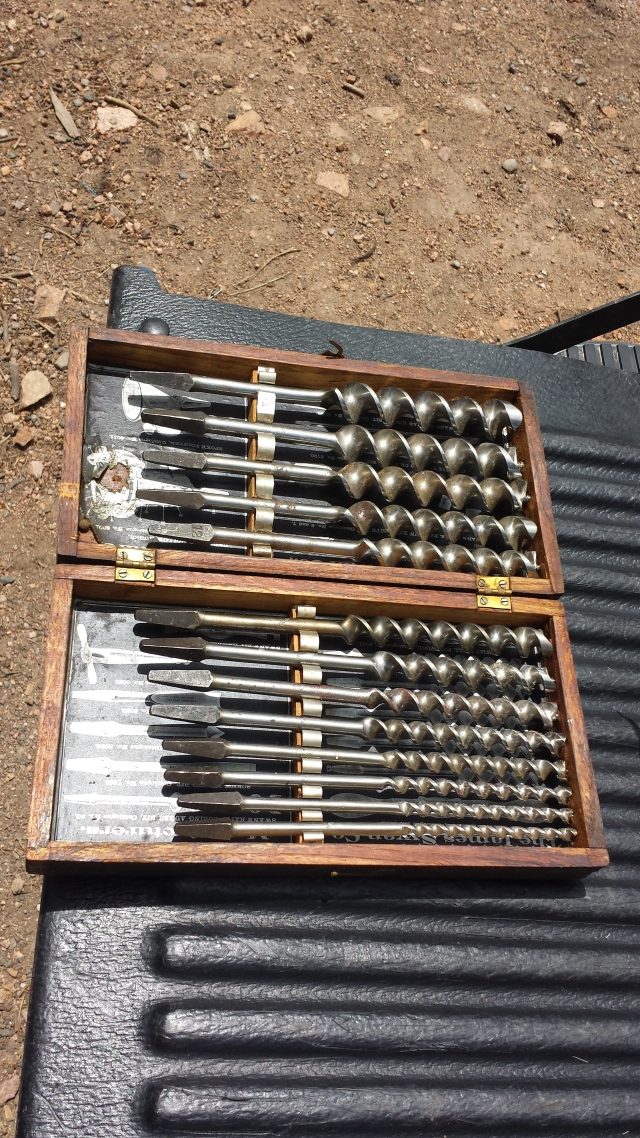
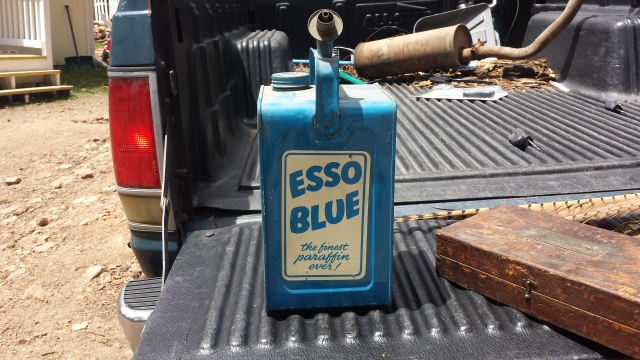





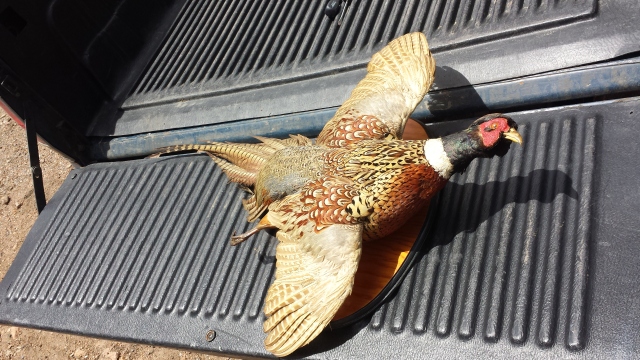






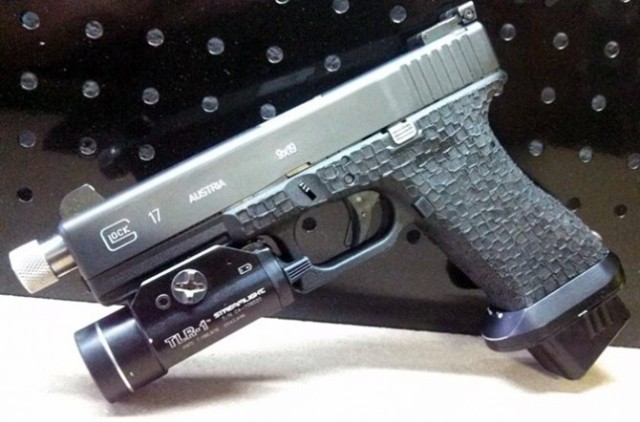

![20160220_165053[1]](https://thesharpenedaxe.files.wordpress.com/2016/02/20160220_1650531.jpg?w=640)
![20160220_170439[1]](https://thesharpenedaxe.files.wordpress.com/2016/02/20160220_1704391.jpg?w=640)
